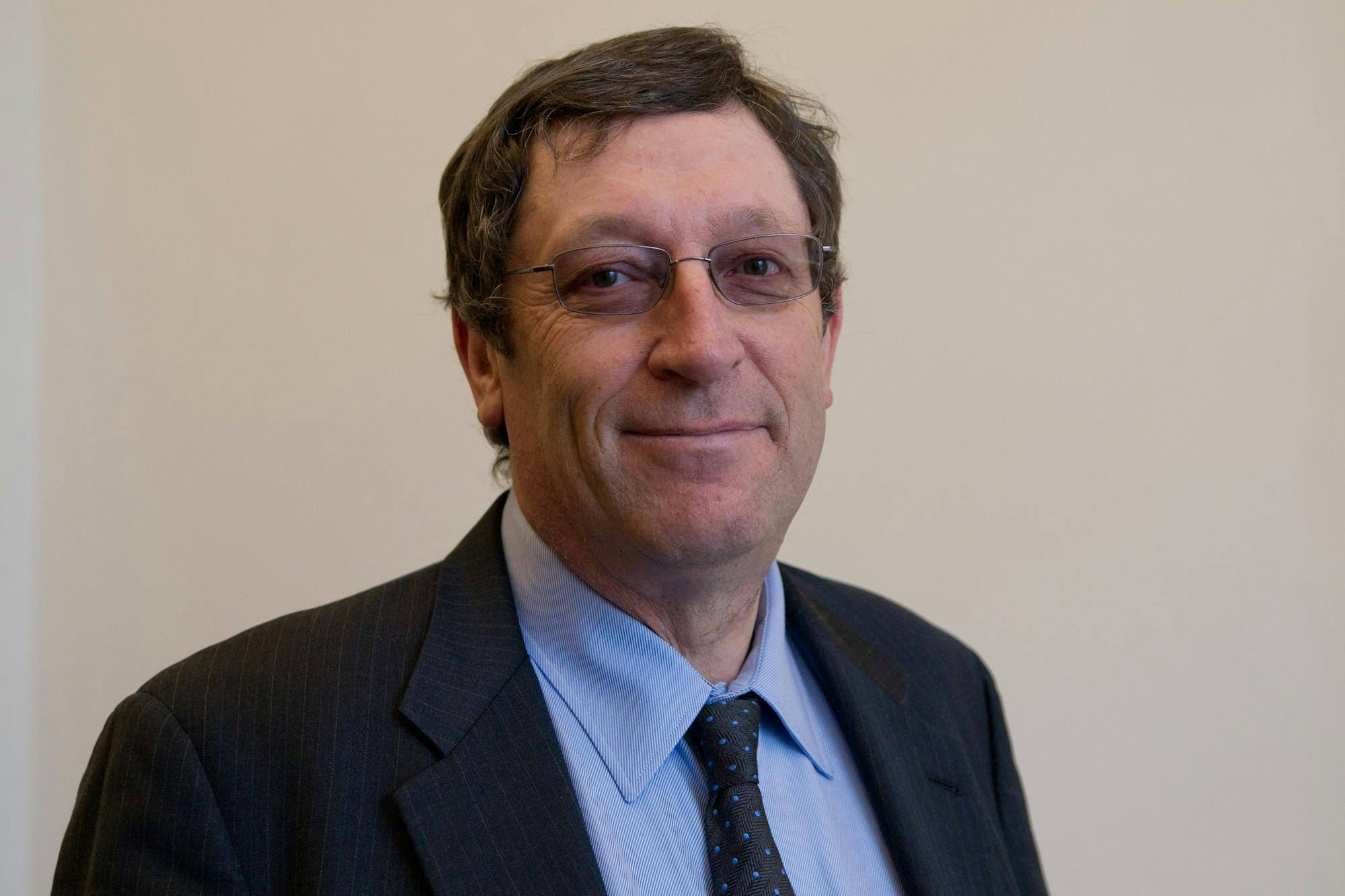While the pursuit of happiness is often thought to be an ambiguous, subjective entity, economics professor David Blanchflower believes that happiness is quantifiable. In a study recently published by the National Bureau of Economic Research, Blanchflower details the existence of a happiness curve that forms a U-shape, with peaks early and late in life, with a major dip around middle age. Most significantly, Blanchflower’s research proves that this trend is consistent everywhere in populations all around the world. Blanchflower recorded the happiness of people in 132 countries — including 95 developing and 37 developed nations — and saw that this pattern held true despite differences in socioeconomic levels and life expectancy. His research concluded that unhappiness peaks at 47.2 years in developed countries and 48.2 in developing countries. Blanchflower has been a pioneering scholar in the field of happiness literature and The Dartmouth sat down with him to talk about the inspiration behind his research, as well as its implications.
How long have you been working on this research, and what initially got you interested in the topic?
DB: It started off when I wrote a paper called “Happiness Economics” in 2004, and then I started to observe this pattern in the data, which is the U-shaped pattern in happiness. We wrote a paper in 2008 which essentially started this literature off in the Social Science of Medicine Journal. Over 10 years have elapsed, and a number of big things have happened. The Great Recession came along in 2008, and that really hurt people, and so what we have seen in America is what is called a ‘rise in death of despair,’ which is the deaths of disproportionately prime-age, white, less-educated folk from suicide and drug poisoning. Basically, this phenomenon of a midlife crisis had been hit especially hard by the Great Recession, and what you have seen is that society has not been good at helping those folks. There is literature by Robert Putnam about people no longer going to bowling clubs — they go bowl alone, they don’t talk to their neighbors. The collapse of social institutions has actually made this really hard.
What are some of the implications of your conclusions about the U-shaped curve for policy makers and health care professionals?
DB: I think the answer is that this is a naturally occurring event. The first thing is for people to recognize it and realize that other people are going through it too, and to realize that there are things that help. It is important to be engaged with other people, to be around family and friends, having social contacts, being in places that can help. Around the world, what we have seen is a decline in religion, a decline in marriage, trade unions. We need to build up those kinds of social contacts. You don’t want people to be isolated, and for people in prime age, it’s really important to not be lonely. We need to create social ties that bind — that’s the issue that appears to work.
From your position as an economist, do you believe happiness can be quantified?
DB: Yeah, sure. The question is: Does it have predictive power? That would be a particular answer to that. Studies show that people who recalled happiness predict that happier people live longer, happier people are more optimistic, they smile more. There are all kinds of predictors. Another answer to your question is “Well, is it correlated to things?” It doesn’t matter how you ask it, it doesn’t matter how you score it — you basically get the same answer.
Do you think this U-curve drop can be prevented or do you think it’s inevitable?
DB: I think it’s kind of inevitable. If you look at my papers, I have drawn systematic comparisons that show something that appears to be there in the data. The question is, “What are the consequences of that?” What we can do is, we can dissipate the consequences. That if you are alone and if you are struggling financially, your family is broken up, you’re in a place where there isn’t much help around you — then that midlife crisis has bad effects. I think the answer is that people can deal with it. I mean, I am in my 60s — I went through it, many of my friends went through it — it’s tough, but there are ways to get through it. I think what you learn is, how important it is to have friends and family and community around you to help you through it.
What are the global implications of your conclusion that the U-curve is found nearly all around the world and is not just a “First World” problem?
DB: Colleagues of mine at Dartmouth and lots of people who work in development said to me, “Oh, you probably wouldn’t see it in quite the same way when life expectancy is so short in some of these countries and where median incomes are so much lower.’’ Well, the puzzle is that basically I see it everywhere with very little difference. So, in that sense, we started out expecting not to see it or that the mean would be pretty much lower. The answer is that does not appear to be true — I sort of think the implications are probably that there is something more natural here. There is something sort of deep in the genes here. That is the great thing about doing empirical work. You asked if I could measure happiness, and it appears I can, and if you don’t believe I can, measure it, and then you have got a problem: How do you explain the trend in the data? Why would you see this?
What are some next steps you are taking in your research?
DB: We are working on a new paper here, and there is a variable in this second paper which we call ‘despair,’ and I am interested in this and how this occurred. So, we ask the following question: “Over the past 30 days, how many of those days were not good mental health days?” Well, for the group we talked about — prime-age, less-educated whites — it is about one in eight. So, we are trying to understand that. Why is that occurring? In America with the rise of pain, one in four people report being in chronic pain during visits to a medical practitioner. So, this looks like a really important question. What’s going on? Why are people so despairing? What can we do about it? I think there is a mental health crisis in America that has gone unrecognized, so I am working on that and what the implications for work are. Good stuff for Dartmouth students to be thinking about. If you look up New Hampshire in terms of drug poisoning and suicides, I think you should put this in context that we are sitting in this unique place. It’s an Ivy League college, and all around us, there are people in despair, and there are people who are dying disproportionately from overdoses. In a way, I have always tried to say to my classes, “You guys could be trying to do something about it.” Think about your position. Reach out to these folks, go see these folks, get them to talk to you. For goodness sake, let’s just not sit back and let it happen around us.
This interview has been edited and condensed for clarity and length.




